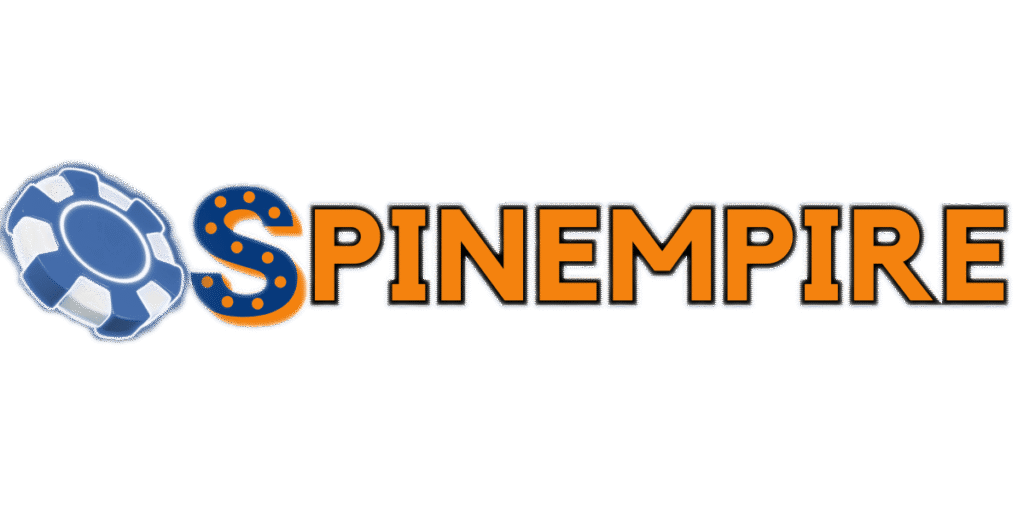Poker Practice: What You’ll Learn
- Understanding Deliberate Practice: Gain insights into how deliberate practice differs from mere repetition and why it’s crucial for improving poker skills.
- Practical Strategies: Discover effective strategies for incorporating deliberate practice into your poker study routine.
- Common Pitfalls: Learn about typical mistakes players make when trying to improve their game and how to avoid them.
- Tools and Resources: Explore various tools and resources that can aid in practicing poker more effectively.
- Mindset Shifts: Understand the importance of cultivating a growth mindset to facilitate skill development and long-term success in poker.
Ever feel like you’re putting in the hours at the poker table, but your skills just aren’t leveling up?
You’re not alone. Many players fall into the trap of doing a lot of study without doing the right kind of study. They consume videos, read books, and even take notes, but their win rate stays flat. Or worse, they make the same mistakes session after session and don’t know why.
This is where the concept of deliberate practice comes in.
Deliberate practice isn’t just “putting in the hours.” It’s a specific, structured way to train that’s been proven, across disciplines from chess to music to elite sports, to accelerate improvement and create lasting expertise.
In this article, I’m going to show you:
- What deliberate practice is (and what it’s not)
- Why your current study routine might be holding you back
- How to design a simple, repeatable practice system for poker
- And how to build skills in less time, without the overwhelm
Whether you’re brand new to structured study or have dabbled but struggled to stick with it, this guide will help you build smarter routines so you can finally make the kind of progress you’ve been hoping for.
What Is Deliberate Practice? (And Why It Works)
Deliberate practice is not just “working hard.” It’s about working smarter on the right things, in the right way, with a clear purpose.
Psychologist Dr. Anders Ericsson, who studied elite performers across disciplines, found that raw talent plays a far smaller role than most people think. The real difference-maker? Purposeful, focused training.
Here’s what makes deliberate practice different from casual or passive study:
It targets specific skills
Instead of saying “I’m going to study poker today,” a player using deliberate practice says:
“I’m going to review 50 hands where I 3-bet preflop and then faced a flop continuation bet out of position.”
You can see that this plan is narrowly focused, and it’s designed to deepen mastery of just one small aspect of the game.
It pushes you outside your comfort zone
Deliberate practice means working at the edge of your current ability. You don’t just coast on what you already know. Instead, you stretch into what feels challenging.
Real growth happens when you stretch into challenging, uncomfortable territory.
It includes immediate feedback
This could be from a solver, a poker coach, a training partner, or your own structured hand review process. The critical point is that you don’t just do the reps. You have to evaluate them.
You must look at what went wrong, what went right, and think about what needs improvement.
It involves repetition with reflection
Mastery doesn’t come from doing something once. It comes from doing it again and again while tweaking and refining along the way. The repetition of deliberate practice builds automaticity so you can make strong decisions without having to overthink them.
It’s mentally effortful
Deliberate practice can’t be done while you’re doing something else. It requires focus, attention, and full engagement. That’s why shorter, high-quality sessions are better than long, passive ones.
It’s like going to the gym for your poker strategy. You’re not just showing up and haphazardly studying. You’re training with a purpose.
Image Credit: fast-stockShutterstock
Common Poker Study Mistakes
Most poker players genuinely want to improve their game. They buy courses, watch streams, and read books. But despite all that effort, they often stall out in their progress and feel frustrated by their lack of results.
Why?
Because much of what passes as “study” isn’t actually improving skill. It’s just reinforcing familiar concepts, or worse, wasting time on information that never gets put into practice.
Here are some of the most common pitfalls I see in beginner and intermediate players:
1. Studying Without a Clear Goal
Many players sit down to “study poker” without knowing what they’re trying to improve. This leads to jumping from topic to topic or watching a video without any real focus.
The Fix: Start every study session with a specific question or skill you want to answer or refine.
2. Watching Content Without Application
Watching a training video can feel productive, but if you’re not pausing to take notes, answer questions, or apply what you learn to your database or hand histories, it’s just passive consumption.
The Fix: After watching a video, actively review recent hands that relate to the concept. Try applying the idea in a low-stakes session or study session with a trainer like GTO Wizard.
3. Overfocusing on Strengths
It’s natural to enjoy studying things you’re already good at. But improvement lives on the edge of your weaknesses. You’ve got to push yourself into parts of the game tree that are unfamiliar.
The Fix: Identify your biggest leaks and devote at least 60–70% of your study time to them.
4. No Feedback Loop
If you’re not reviewing your hands regularly or getting feedback from a coach, friend, or solver, it’s easy to make the same mistakes over and over again without even realizing it.
The Fix: Build a habit of reviewing 3-5 key hands after every session. Ask yourself: “What was my thought process? What range was I representing? What could I do differently?”
5. No System for Retention
Players often forget what they studied last week, let alone a month ago. Without a simple system for capturing and reviewing key concepts, it’s easy to lose valuable insights.
The Fix: Use a digital notebook, spreadsheet, or app like Notion to keep track of your study notes, favorite drills, and key takeaways.

Image Credit: RomanR/Shutterstock
How to Apply Deliberate Practice to Poker (Step-by-Step)
Now that you know what deliberate practice is, let’s walk through how to use it to level up your game.
Step 1: Identify a Specific Skill to Target
Deliberate practice starts with clarity. Instead of saying, “I want to get better at postflop,” try:
“I want to improve my c-bet strategy in single-raised pots as the preflop raiser in position.”
Or:
“I keep punting in 3-bet pots out of position, so I need to figure out what I’m doing wrong.”
You can identify your weak areas by:
- Reviewing your last 20–30 marked hands
- Looking at redline/EV loss in tracking software
- Noticing spots that feel uncomfortable or unclear during play
But pick just one area to start with.
Step 2: Break the Skill into Sub-Skills
Let’s say you’re working on c-betting in position. You might break that down into:
- Board texture evaluation (wet/dry, dynamic/static)
- Range advantage (who hits the board more often?)
- Sizing decisions (when to bet small vs. big)
- Hand category (value, semi-bluff, give-up)
By isolating the sub-skills, you can work on each one in focused chunks, instead of getting overwhelmed by the whole situation.
Step 3: Create a Study Drill or Practice Plan
Once you’ve picked your focus area, choose a deliberate way to train it.
Here are a few ideas:
- Hand Review Drill: Pull 20 hands from your database that match your focus area. Analyze them one at a time, write out your thoughts, then check with a solver.
- Flashcard Reps: Use apps like Anki to create board texture flashcards. Train your eyes to spot c-bet or check-back spots instantly.
- Replay & Reflect: Watch replays of strong players. Pause and guess their action before they make it. Ask: Would I have done the same thing? Why or why not?
- Play & Tag: When playing online, tag every hand in your focus area. After the session, review just those hands. What patterns do you see?
Step 4: Get Feedback
Feedback is essential in deliberate practice. If you don’t know whether your decision was good or bad (or why), it’s hard to improve.
Options for feedback:
- Solver tools like GTO Wizard or Simple Postflop
- Study partners or Discord groups to talk through hands and thought processes
- Coaching sessions, where even one-off reviews can provide a tremendous learning boost
- Self-review with structured questions, like:
- What range am I representing here?
- What does my opponent’s range look like?
- Is my action consistent with my overall plan for the hand?
- What range am I representing here?
Even 10–15 minutes of focused review can reveal many insights.
Step 5: Track Progress and Iterate
Poker training benefits from consistency and progression.
Use a simple spreadsheet or template to track:
- Focus area
- Drills completed
- Key insights
- Questions for review
- Notable mistakes to avoid
After a week or two, reflect:
- What’s improving?
- What’s still unclear?
- Is it time to move on to a new skill or go deeper on this one?
Learning poker is not about grinding more hours; it’s about making your time count. An intentional system like this will help you make progress faster.







